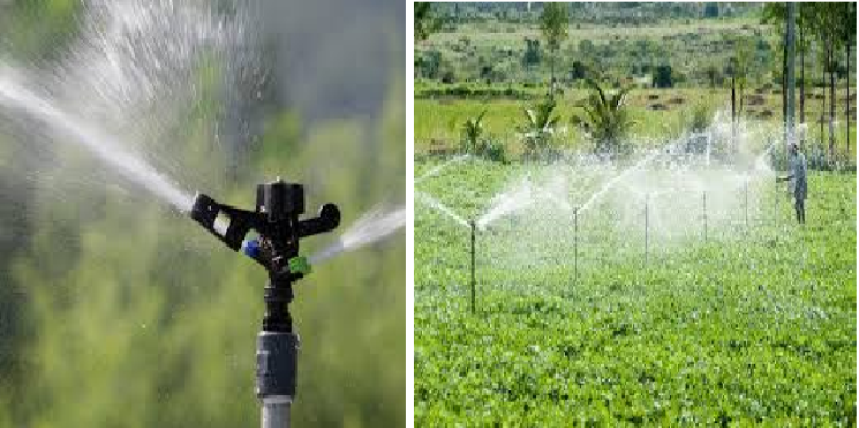How SACCOs are transforming agriculture in Kenya

The agricultural sector remains the backbone of Kenya’s economy, supporting millions of livelihoods across rural and peri-urban communities. However, challenges such as limited access to credit, outdated farming techniques, and lack of organized market structures have long hindered the sector’s full potential. In recent years, Savings and Credit Cooperative Organizations (SACCOs) have emerged as powerful agents of change, transforming agriculture through financial inclusion, capacity building, and cooperative-driven development. Here is how SACCOs are transforming agriculture in Kenya.
Access to Affordable Credit
One of the most critical barriers farmers face is limited access to affordable financing. Commercial banks often perceive smallholder farmers as high-risk borrowers due to irregular income and lack of collateral. SACCOs have stepped in to bridge this gap by offering flexible, low-interest loans tailored to the unique cycles of agricultural production. These loans enable farmers to purchase quality seeds, fertilizers, farm equipment, and even expand their land. Unlike traditional banks, SACCOs are more community-based and understand the financial rhythms of their members, making them more lenient with repayment terms and better positioned to support farming ventures from planting to harvest.
Empowering Farmers Through Financial Literacy and Training
Beyond financial support, SACCOs are actively involved in improving the knowledge and skills of their members. Many agricultural-based SACCOs collaborate with government agencies and NGOs to provide training on best farming practices, agribusiness management, and climate-smart agriculture. Through these capacity-building initiatives, farmers are becoming more productive and efficient, leading to higher yields and improved incomes. SACCOs also introduce members to modern financial tools such as mobile banking and digital record-keeping, which enhances transparency and personal financial planning.
Facilitating Collective Marketing and Value Addition
SACCOs are instrumental in organizing farmers into groups, making it easier for them to access collective marketing opportunities. By pooling their produce, farmers enjoy better bargaining power, reduced transportation costs, and access to larger markets, including institutional buyers. This model not only improves pricing but also ensures farmers do not fall victim to exploitative middlemen. Furthermore, some SACCOs are investing in value addition facilities such as milk coolers, grain storage units, and agro-processing plants. These investments allow farmers to fetch better prices for processed goods and minimize post-harvest losses, which are a significant challenge in Kenya’s agricultural value chain.
Driving Rural Development and Resilience
SACCOs contribute directly to rural development by investing back into their communities. Profits generated by cooperatives are often reinvested in infrastructure projects such as irrigation systems, feeder roads, and storage facilities that benefit all members. This localized investment model enhances food security and builds community resilience against climate-related shocks. In addition, SACCOs offer insurance products that protect farmers against crop failure, livestock loss, or adverse weather, ensuring they can recover and continue production even after unforeseen events.











